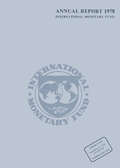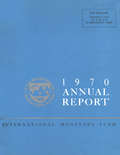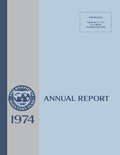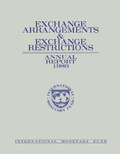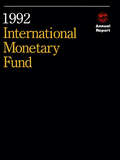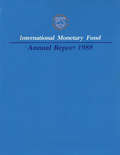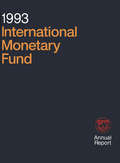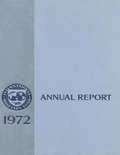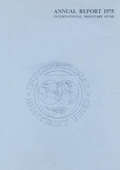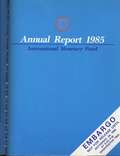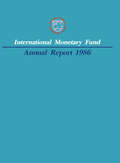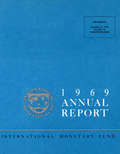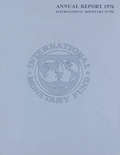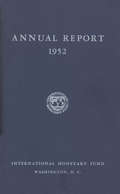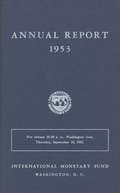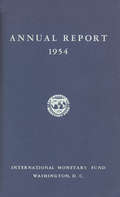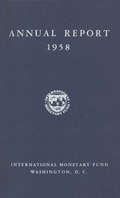- Table View
- List View
Annual Report Of The Executive Board For The Financial Year Ended April 30, 1978
by International Monetary FundA report from the International Monetary Fund.
Annual Report Of The Executive Directors For The Fiscal Year Ended April 30, 1970
by International Monetary FundA report from the International Monetary Fund.
Annual Report Of The Executive Directors For The Fiscal Year Ended April 30, 1974
by International Monetary FundA report from the International Monetary Fund.
Annual Report On Exchange Arrangements And Exchange Restrictions 1987
by International Monetary FundA report from the International Monetary Fund.
Annual Report On Exchange Arrangements And Exchange Restrictions, 1986
by International Monetary FundA report from the International Monetary Fund.
Annual Report of Executive Directors
by International Monetary FundA report from the International Monetary Fund.
Annual Report of the Executive Board 1992
by International Monetary FundFinancial report from the IMF
Annual Report of the Executive Board 1992
by International Monetary FundA report from the International Monetary Fund.
Annual Report of the Executive Board for the Financial Year Ended April 30, 1988
by International Monetary FundA report from the International Monetary Fund.
Annual Report of the Executive Board for the Financial Year Ended April 30, 1993
by International Monetary FundA report from the International Monetary Fund.
Annual Report of the Executive Board for the Financial Year Ended April 30, 1997
by International Monetary FundA report from the International Monetary Fund.
Annual Report of the Executive Board, Financial Year 1949
by International Monetary FundA report from the International Monetary Fund.
Annual Report of the Executive Board, Financial Year 1972
by International Monetary FundA report from the International Monetary Fund.
Annual Report of the Executive Board, Financial Year 1975
by International Monetary FundA report from the International Monetary Fund.
Annual Report of the Executive Board, Financial Year 1985
by International Monetary FundA report from the International Monetary Fund.
Annual Report of the Executive Board, Financial Year 1986
by International Monetary FundA report from the International Monetary Fund.
Annual Report of the Executive Board, Financial Year April 30, 1969
by International Monetary FundA report from the International Monetary Fund.
Annual Report of the Executive Board, Financial Year, 2001
by International Monetary FundA report from the International Monetary Fund.
Annual Report of the Executive Board: IMF financial statements 2007
by International Monetary FundA report from the International Monetary Fund.
Annual Report of the Executive Directors For the Fiscal Year Ended April 30, 1976
by International Monetary FundA report from the International Monetary Fund.
Annual Report of the Executive Directors for the Fiscal Year Ended April 30, 1952
by International Monetary FundFinancial report from the IMF
Annual Report of the Executive Directors for the Fiscal Year Ended April 30, 1953
by International Monetary FundFinancial report from the IMF
Annual Report of the Executive Directors for the Fiscal Year Ended April 30, 1954
by International Monetary FundFinancial report from the IMF
Annual Report of the Executive Directors for the Fiscal Year Ended April 30, 1957
by International Monetary FundA report from the International Monetary Fund.
Annual Report of the Executive Directors for the Fiscal Year Ended April 30, 1958
by International Monetary FundA report from the International Monetary Fund.
